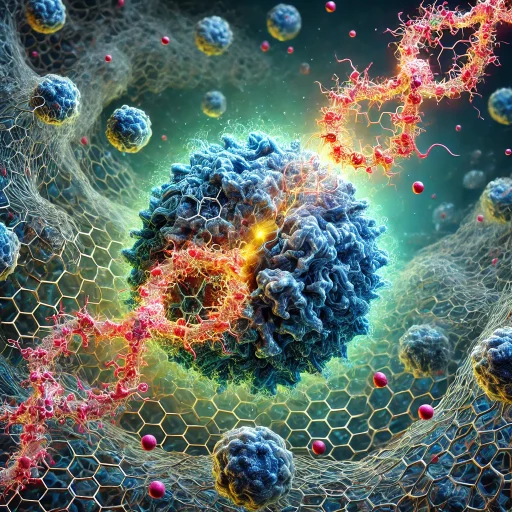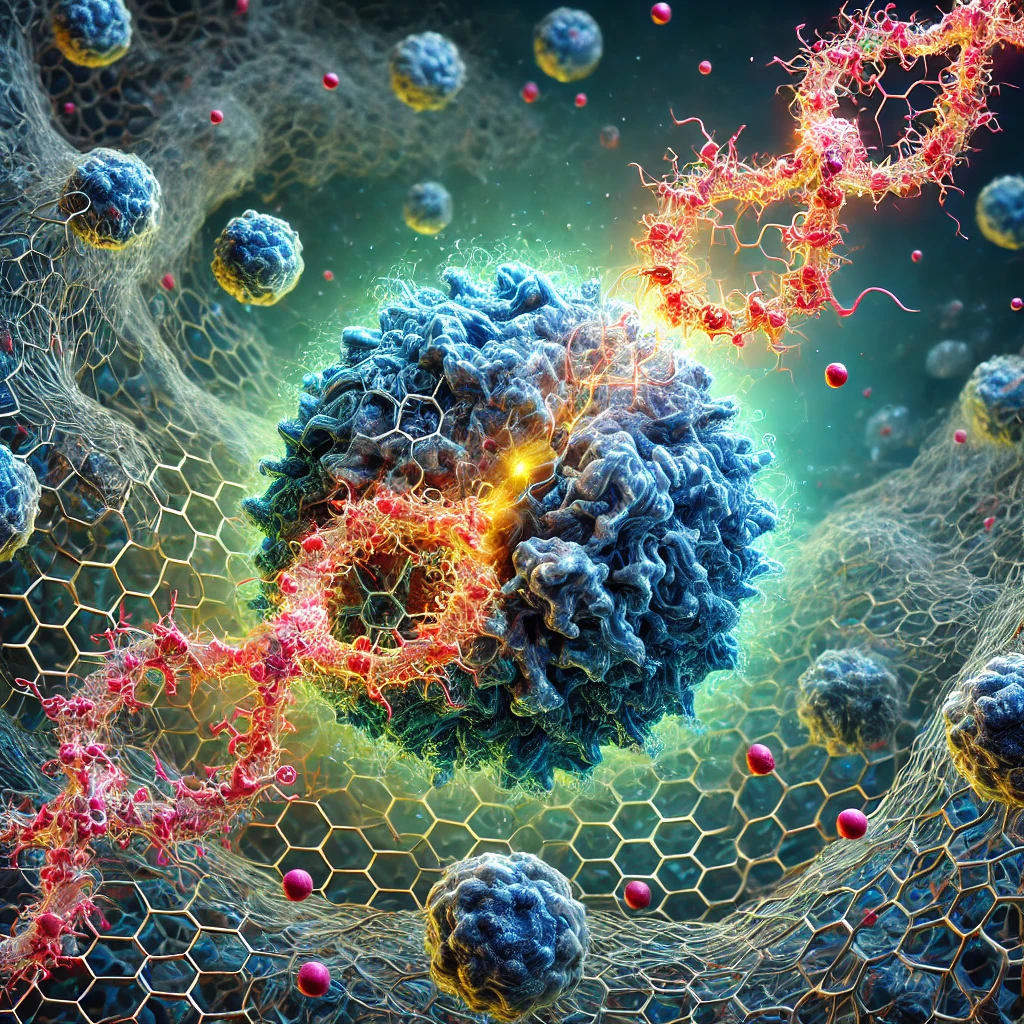Stanford Researchers Develop Novel Cancer-Fighting Technique
Stanford Medicine researchers have unveiled a groundbreaking approach to cancer treatment that aims to exploit the body’s natural cell death process, known as apoptosis, to eliminate cancer cells. This innovative technique, detailed in a study published in *Science* on October 4, 2024, could potentially revolutionize cancer therapy by inducing tumor cells to self-destruct.
The Inspiration and Mechanism
The concept emerged during the COVID-19 pandemic when Dr. Gerald Crabtree, a professor of developmental biology at Stanford, contemplated the biological process of apoptosis during a forest walk. Apoptosis, which naturally eliminates about 60 billion cells in the human body daily, inspired Crabtree to consider its application in cancer treatment.
The researchers developed a molecular compound that acts as a “glue,” binding two proteins:
1. **BCL6**: A protein that, when mutated, drives diffuse large B-cell lymphoma.
2. **CDK9**: An enzyme that activates genes.
This artificial pairing causes BCL6, which normally suppresses cell death genes in lymphoma, to instead activate them through CDK9, effectively “flipping the script” on cancer cells.
Promising Results and Specificity
Initial laboratory tests have shown promising results:
– The compound demonstrated high potency in killing diffuse large B-cell lymphoma cells.
– It showed no significant toxic side effects in healthy mice.
– When tested on 859 different cancer cell types, it only killed the targeted lymphoma cells, indicating high specificity.
Dr. Nathanael Gray, co-senior author of the study, explained the approach: “The idea is, Can you turn a cancer dependency into a cancer-killing signal? You take something that the cancer is addicted to for its survival and you flip the script and make that be the very thing that kills it.”
Future Prospects and Potential Applications
The research team hopes this method will overcome common issues in cancer treatment:
– By targeting multiple cell death pathways simultaneously, they aim to prevent cancer cells from developing resistance.
– The approach could potentially be adapted to target other cancer-driving proteins, such as Ras, which is implicated in several cancer types.
Crabtree and Gray have co-founded a biotech startup, Shenandoah Therapeutics, to further develop this technology and gather data for potential clinical trials.
This innovative research represents a significant step forward in the field of targeted cancer therapies. As the study progresses, it may offer new hope for more effective and less toxic cancer treatments in the future.
For more information about ongoing research at Stanford Medicine related to cancer treatment and advancements, visit [Stanford Cancer Institute News](https://med.stanford.edu/cancer/about/news/news-feed.html).
Citations:
[1] https://med.stanford.edu/cancer/about/news/news-feed.html
[2] https://med.stanford.edu/news/all-news/2024/06/car-t-secondary-cancer.html
[3] https://med.stanford.edu/news/all-news/2024/01/breast-cancer-deaths.html
[4] https://med.stanford.edu/news/all-news/2023/07/pre-cancer-evolution.html





